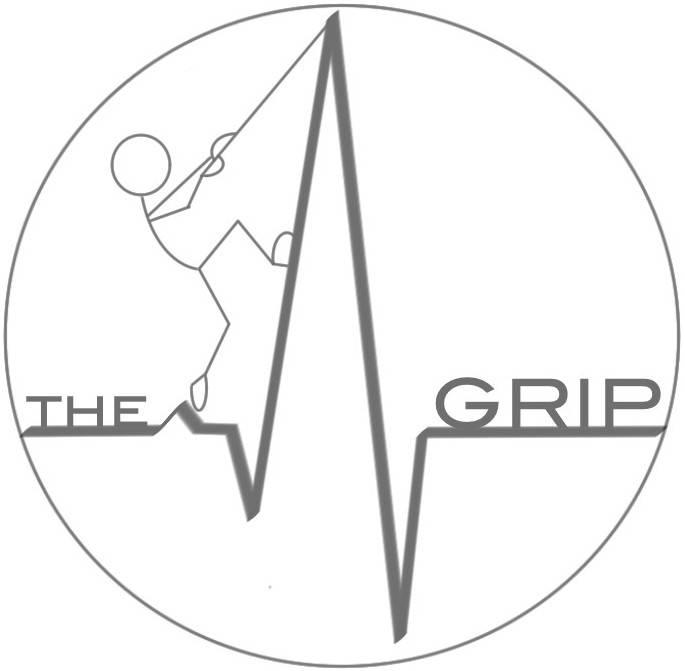In vivo calibration of the esophageal balloon catheter: a simplified procedure
Mojoli F, Torriglia F, Giannantonio M, Orlando A, Bianzina S, Tavazzi G, Mongodi S, Pozzi M, Iotti GA, Braschi A, PLUG Working Group
Intensive Care Medicine Experimental 2016, 4(Suppl 1):27; 534
Introduction: A calibration procedure has been recently proposed to
obtain reliable esophageal pressure (Pes) measurements in mechanically
ventilated patients [1]. This procedure helps optimizing esophageal
balloon filling and removing esophageal artifacts, but is timeconsuming.
Objectives: To test accuracy of a simplified procedure, designed according
to average values of esophageal elastance (Ees) and minimum
appropriate filling volume (Vmin) previously observed [1].
Methods: In 15 patients under Pressure Controlled Ventilation, 35
pairs of end-expiratory and end-inspiratory calibrated Pes values
(Pes,cal) were obtained with the standard procedure, consisting in
measure of Ees and detection of Vmin and Vbest (filling volume associated
with the largest tidal swings of Pes): Pes,cal = Pes – Ees *
(Vbest – Vmin). “Simplified” calibrated Pes values (S-Pes,cal) were also
obtained with a simplified procedure based on detection of Vbest
and on the assumptions that Ees = 1 cmH2O/ml and Vmin = 1 ml: SPes,
cal = Pes – (Vbest – 1). We used the Nutrivent catheter (Sidam,
Italy), equipped with an esophageal balloon that is 10 cm long and
has a 10 ml nominal volume.
Results: In the 35 conditions tested, Vmin was 1.4 ± 0.5 ml, Vbest 4.2
± 1.9 ml and Ees 1.2 ± 0.3 cmH2O/ml. At optimal filling volume
(Vbest), difference between Pes and Pes,cal was 3.1 ± 1.9 cmH2O
(range 0.0-8.0). S-Pes,cal strictly correlated with Pes,cal (R2 = 0.97; p <
0.0001); difference between S-Pes,cal and Pes,cal was −0.1 ± 0.9
cmH2O (Figure 102).
Conclusions: When optimal filling of the esophageal balloon is
adopted in mechanically ventilated patients, absolute values of Pes
are affected by significant esophageal artifact. A simplified calibration
procedure seems to be adequately accurate in removing this artifact
and suitable for clinical use.
References
1) Mojoli et al. Critical Care 2016, 20:98.
Grant acknowledgment
None
